London’s fifth ustwoTHINKS event covered the future of mobility, a much-discussed topic and one that ustwo is helping to shape. As the mobility sector continues to develop at pace, we’re seeing a convergence of new thinking – in physical, digital and service design terms – and an explosion of opportunity.
With a parallel event following on 16 November in our New York studio, and a whitepaper published today, ustwo is pushing to help set the agenda for human-centred design, accessibility and collaboration – we believe the future of mobility will depend in large part upon these critical elements.
Jess Tyrrell, Client Partner at ustwo and Associate of Centre for London moderated a stellar and broad-spectrum panel made up of:
- Rich Balch, Director of Sustainable Mobility and Telematics at Ford
- Ben Plowden, Director of Strategy and Planning for Surface Transport, Transport for London
- Stéphanie Rivet, Commercial Director, Stagecoach
- Tim Smith, Design Principal for ustwo Auto and Mobility
Three central themes emerged over the evening – here we take a look at each in turn.
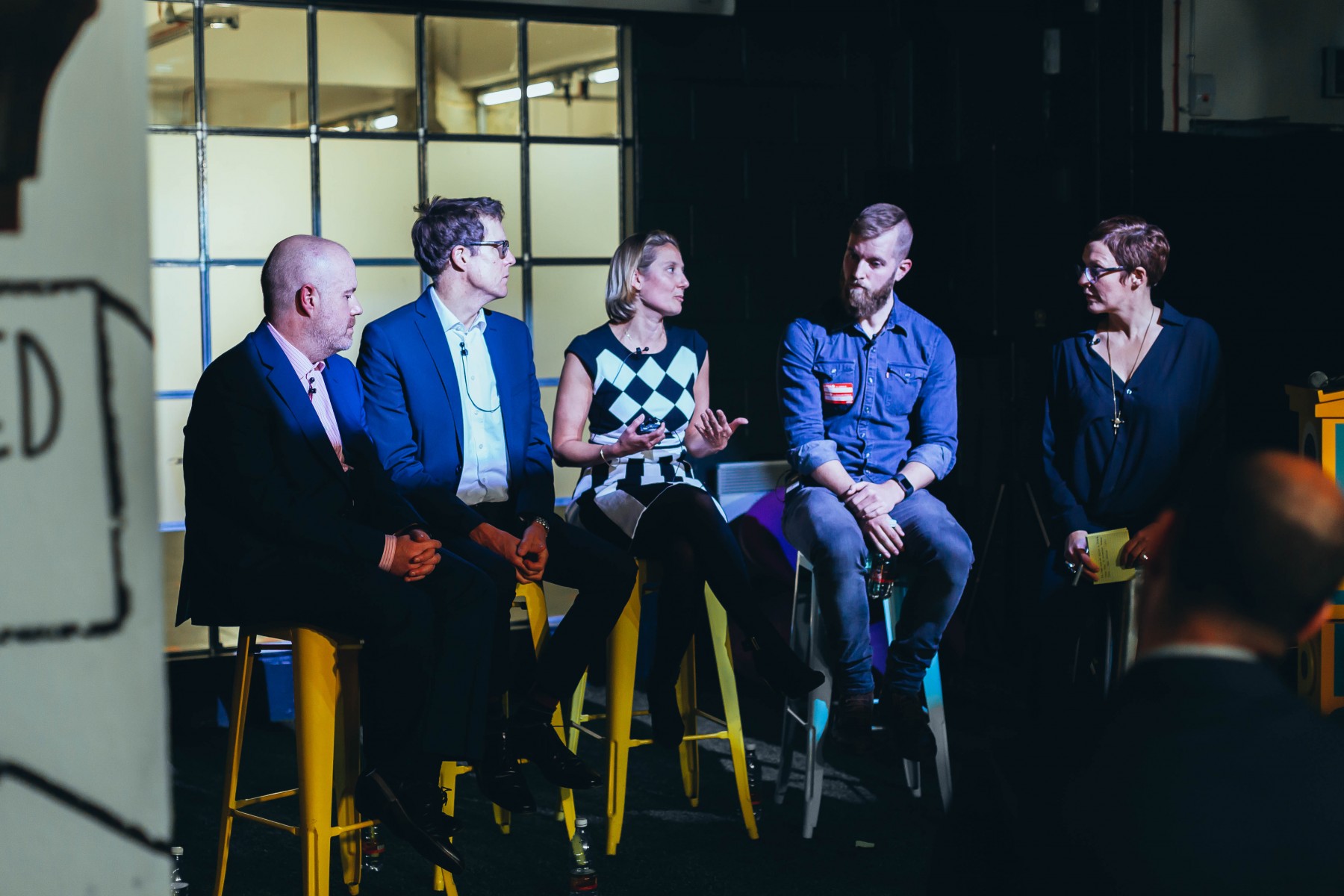
Accessibility and Inclusion
When it comes to inclusivity and accessibility, ustwo approach mobility problems with a simple principle – ‘Design for all and it’s better for everyone’. But, as moderator Jess reminded us during the panel, ustwo is a design studio working in the private sector that gets to address discrete problems on a project-by-project basis. This is not the case for everyone working within the mobility space, our panelists included, who also have to consider the demands of mass transit, legacy infrastructures and the public sector. Therefore, we kicked off our panel by broadening out from the studio perspective and talking about what inclusive design looks like for the wider mobility industry.
As of 2008, it's a requirement under the UN’s binding Convention on the Rights of Persons with Disabilities (which most countries, and by extension, cities have signed) that persons with disabilities can participate in society through personal mobility and access to technology. This legislation isn’t exactly radical, it acts to codify long-standing efforts made across its ratifying nations (including Britain) to scale innovation and deploy it within existing mobility frameworks. For metropolitan authority Transport for London (TfL) this multifaceted challenge is one that Ben sees as best tackled on three fronts.
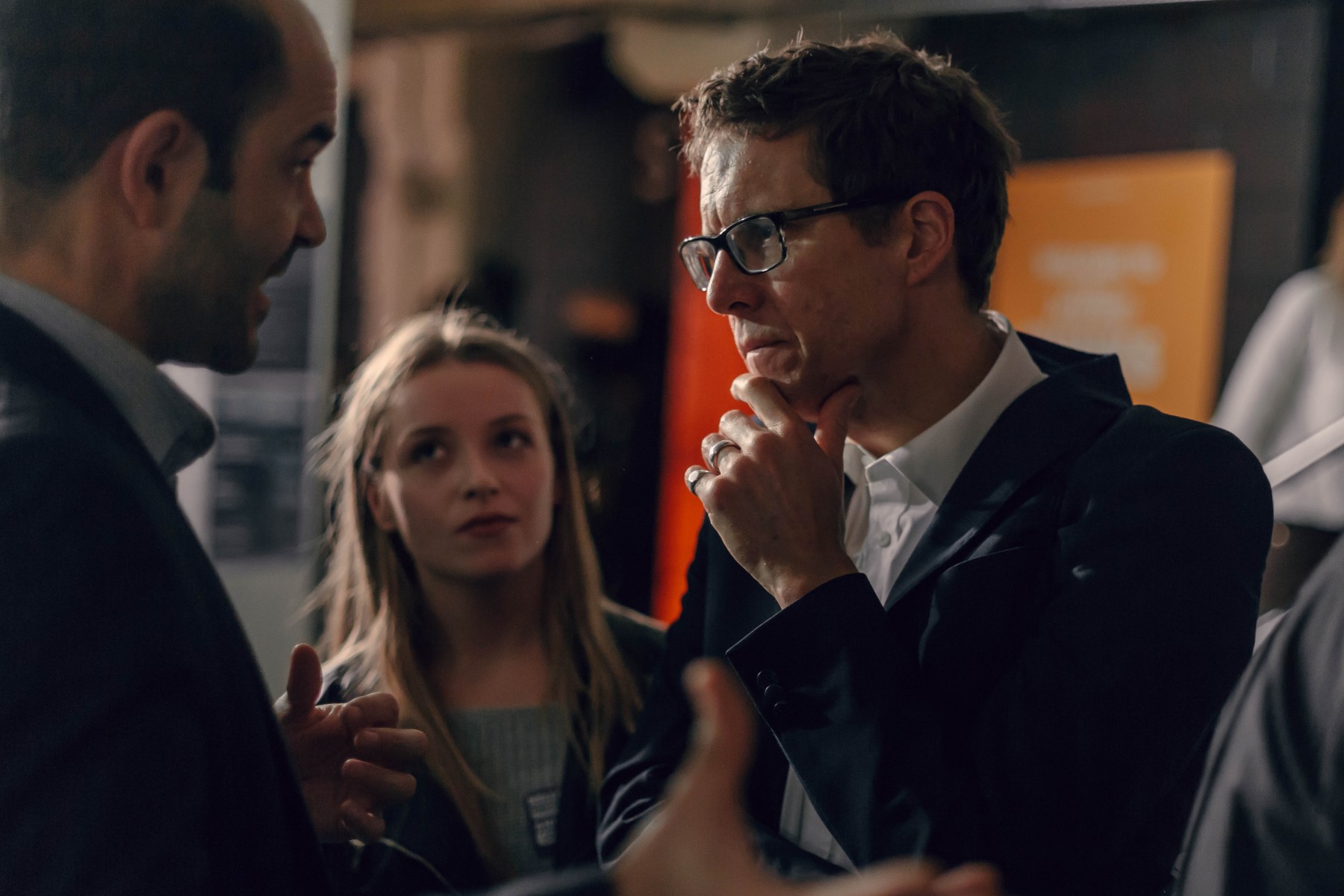
First is making the infrastructure physically accessible, which can be tough when you’re working with (as in the case of the Northern Line) Victorian-age systems. Second is the need to make networks cognitively accessible. Is the website clear? Is the wayfinding intuitive? Can someone who can’t use a smartphone or read a map get to where they need to be? Finally, provisions like these will not be useful unless the services are affordable for those who need them.
Our other panelists were also keen to remind us that accessibility in mobility means more than improvements in technology and physical infrastructure. Stéphanie spoke about the increasingly commercial role of accessibility and the importance of ‘charging customers for what they use’ as well as providing the services that they need. Collectively, they also reflected on the plurality of barriers that people can face when it comes to mobility. For Tim, ‘true inclusivity isn’t just about accessibility for the disabled or the elderly, it's about ways of life as well’. This was something that is particular relevant to Stéphanie’s work at Stagecoach where they provide regional, interconnected services rather than catering solely to the demands of cities.
As leaders in the mobility space, each of our panelists is grappling with the increasingly tangible concept of Autonomous Vehicles. For groups of society who struggle to utilise mobility networks as they currently exist, AVs promise to have a transformative and empowering impact. It became clear through the discussion, though, that it is overly simplistic to hail AVs as a fix-all solution. As Ben remarked, to illustrate the point, “there are very few problems in human society for which Autonomous Vehicles have not been claimed to be the solution.”
For Rich, there needs to be more consideration about how these technological advances fit together. This is a problem Ford are addressing with the E-Chair which would allow a wheelchair user to enter their vehicle from the front door and then, using self-driving technology, the chair would load itself into the boot. With innovations like these, we can look beyond the AVs themselves to more purposefully integrate them into society and meet the needs of the users.
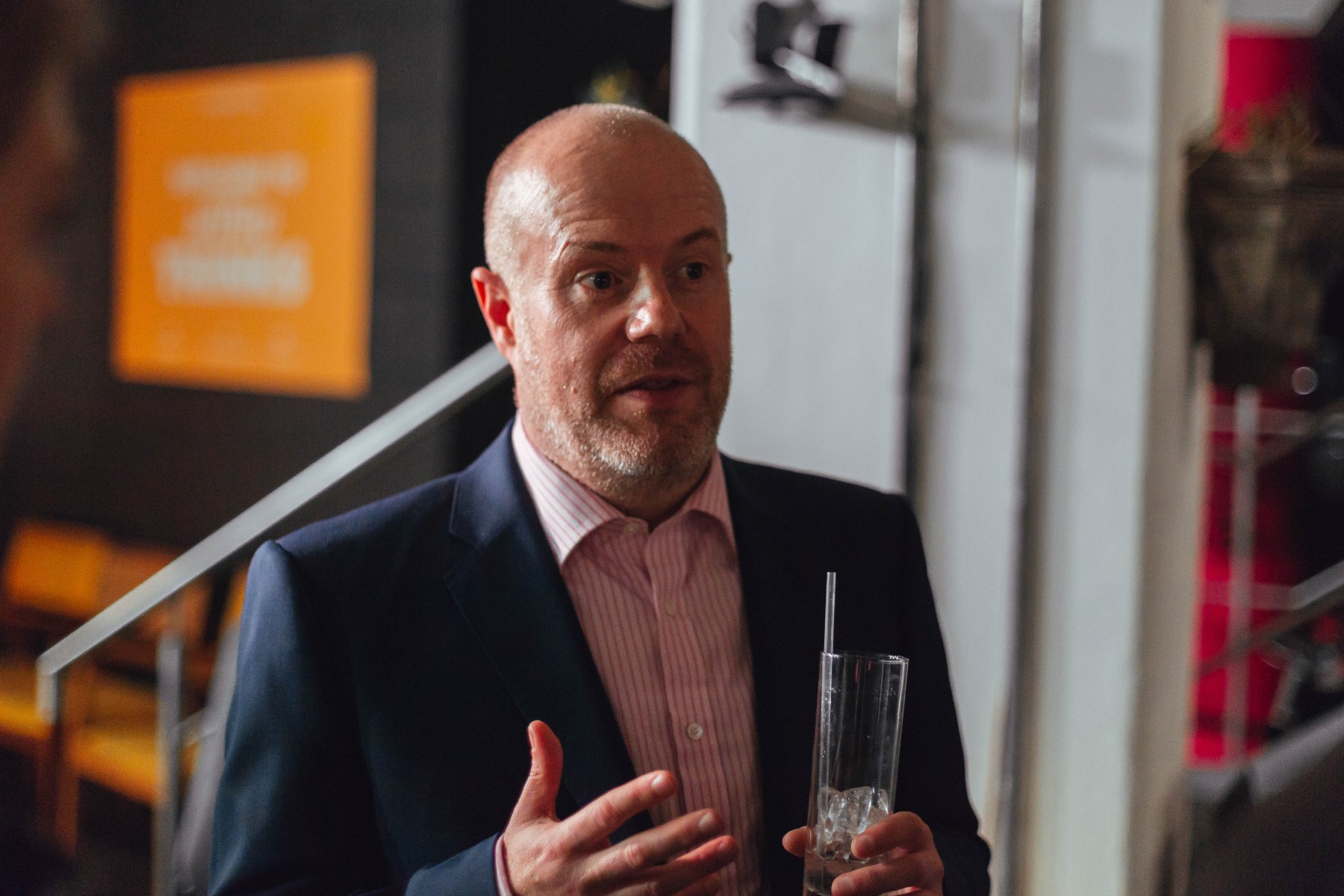
Collaboration is Key
Collaboration is a core part of any project’s success – from two-person startup to complex, multi-partner endeavours. Just working together is not enough. Working in true partnership is essential.
Given innovation doesn’t happen in isolation, Jess asked the panel to name the ‘single enabler [that] would help your organisation meet their innovation vision.’
Ben’s response was very much about partnership, with a focus on "ensuring no one party thinks they know everything'" Getting enough intelligence to see what’s on, and just over the horizon, is also important. This sort of foresight requires a collaborative mindset, and being open to the expertise and know-how of other players.
Rich echoed Ben, emphasising partnerships and the creation of shared standards to allow for fuller communication. Intense competition in the mobility sector is, however, a reality – we need to find ways to talk together.
Stéphanie and Tim both talked about collaboration and culture, with Stéphanie going first and highlighting the need to bring the workforce with you when change is happening. She talked about the challenge there when moving from abstract discussion to implementing change that affects real lives. Tim highlighted the value of a work culture that allows for experimentation, looking back to time at ustwo spent creating prototypes, researching and testing theories. That time was foundational for the development of ustwo’s auto and mobility relationships, both in terms of distilling in-house knowledge but also understanding the need for, and reaching out to find, the partnerships with businesses and academic institutions that enable us to work on future-focused solutions.
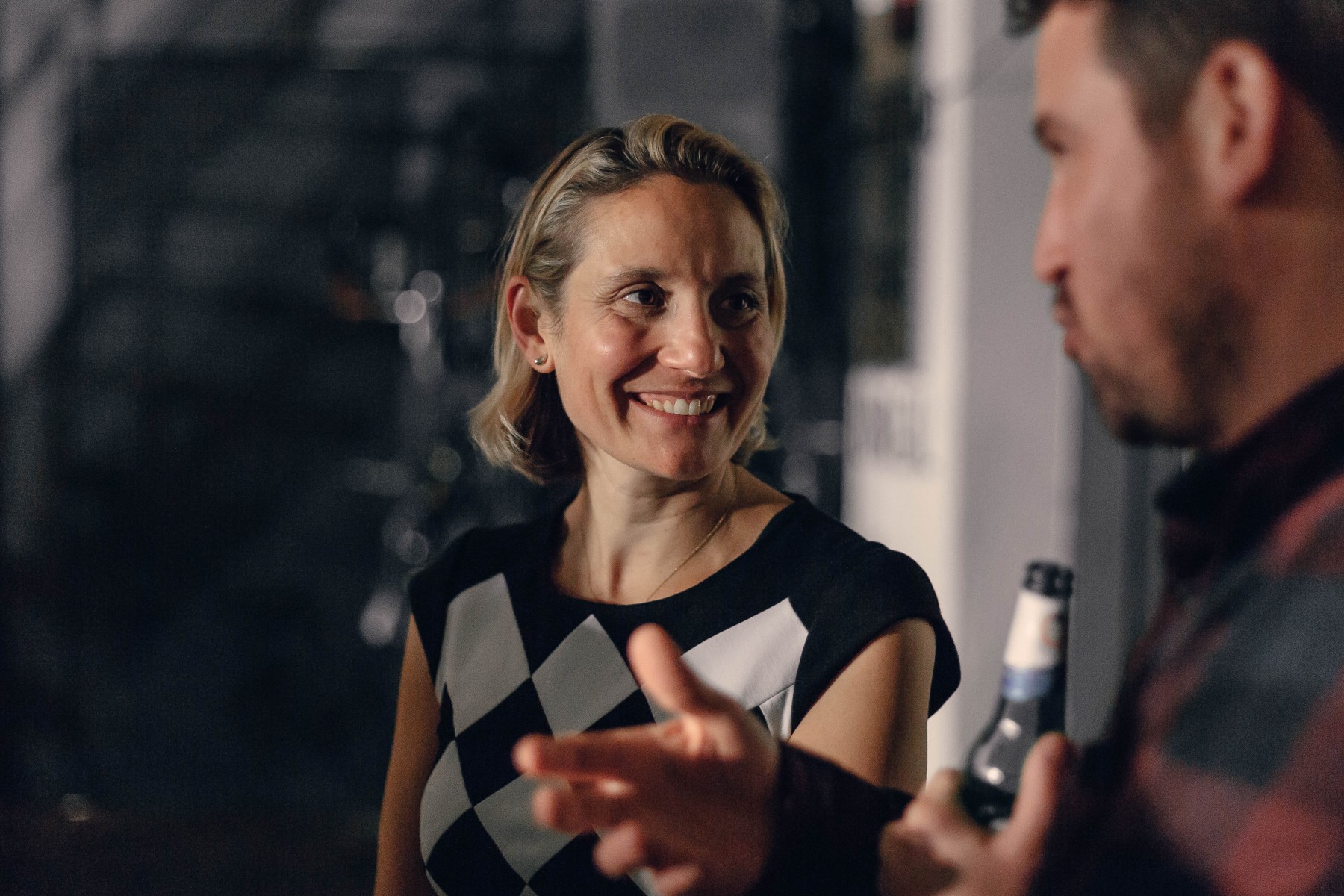
Human-Centered Design
What became clear during the evening is that collaboration between service providers, designers and builders isn’t enough – users should also be brought to the table in order to create workable, human-centered design. Stéphanie cited how in Manchester the decision to introduce a ticket that is valid across providers was driven not by the city authorities or service providers – but rather came out of consumer demand. This is an example of where people have the power to not only shape the infrastructures that are yet to be built, but also be a corrective force within existing systems that do not meet day-to-day needs.
Our panel also demonstrated how approaching questions of accessibility and inclusion with the broadest mindset possible has a similarly troubleshooting effect. Designing for people who are not tech-literate is an example of this – Uber is inaccessible for anyone who can’t use a smartphone and leaves people excluded from that ecosystem. A converse approach will hone a collective focus on the opportunities, not the anxieties, that exist in the rapidly developing mobility space.
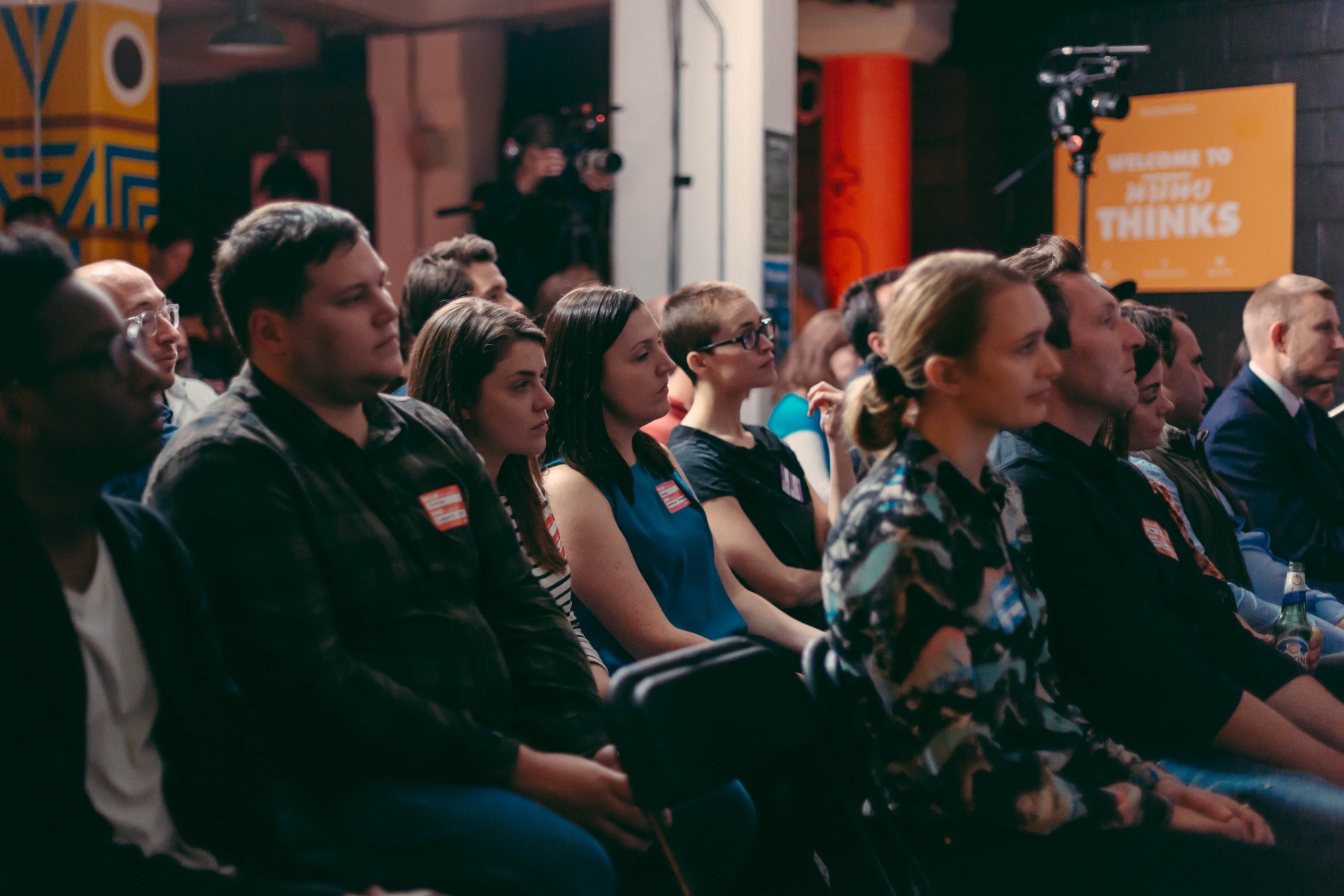
Are We On the Right Track?
Our understanding of how we get (and how stuff gets) from A to B is transforming, and it’s no exaggeration to say that we are on the verge of a new epoch in mobility. Change will not happen suddenly, but a flurry of recent advances in technology and attitudes mean the next generation’s experience and understanding of mobility will be significantly different.
The direction of travel and pace of change will be set by the groups – as existing or yet to be created – who come together at the intersection of need and opportunity, where innovation is welcomed and where everyone is included. Collaboration is key to solving the future of transport. ustwo is looking for partners to help make this happen. Contact us at mobility@ustwo.com
